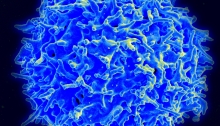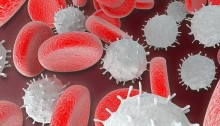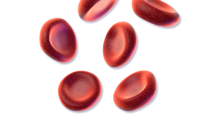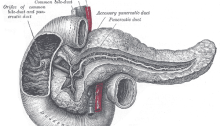BioBit – Innate vs. Adaptive Immunity
Your body has evolved an exquisite immune system to take down any threat it encounters. This system is made of up two arms: Innate immunity: like a town’s police force: It responds to all threats regardless of their type (non-specific). When it finds a threat, it immediately responds with all its might to eliminate it.…









